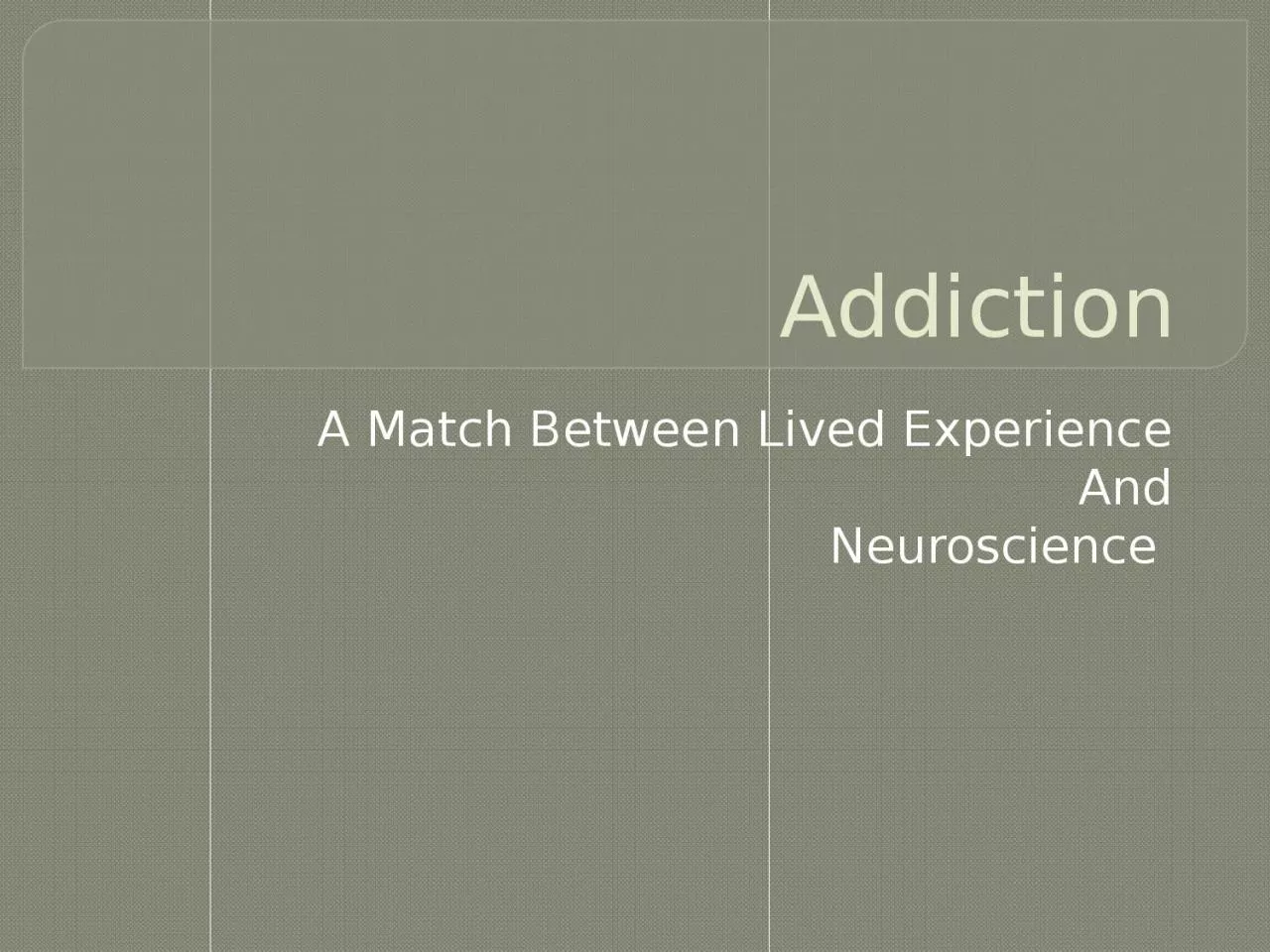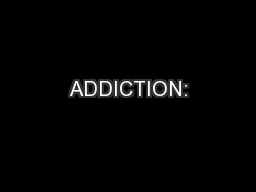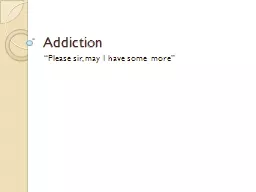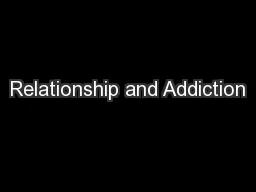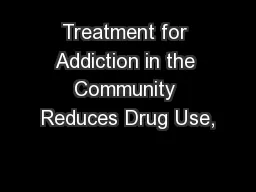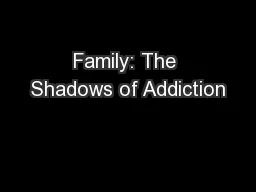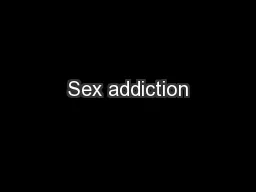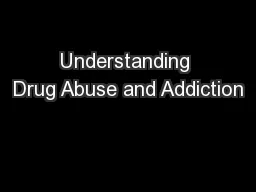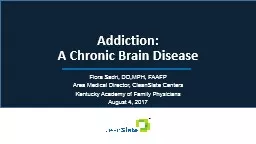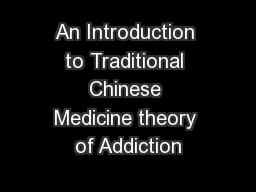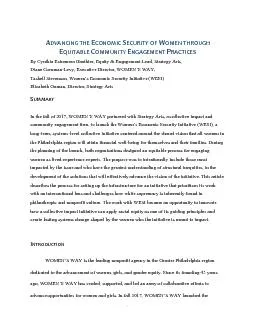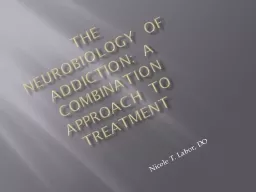PPT-Addiction A Match Between Lived Experience
Author : oconnor | Published Date : 2024-02-09
And Neuroscience Addiction What does neuroscience tell us There are three areas implicated in addiction The Basal Ganglia involved in BingeIntoxication The Extended
Presentation Embed Code
Download Presentation
Download Presentation The PPT/PDF document "Addiction A Match Between Lived Experien..." is the property of its rightful owner. Permission is granted to download and print the materials on this website for personal, non-commercial use only, and to display it on your personal computer provided you do not modify the materials and that you retain all copyright notices contained in the materials. By downloading content from our website, you accept the terms of this agreement.
Addiction A Match Between Lived Experience: Transcript
Download Rules Of Document
"Addiction A Match Between Lived Experience"The content belongs to its owner. You may download and print it for personal use, without modification, and keep all copyright notices. By downloading, you agree to these terms.
Related Documents

